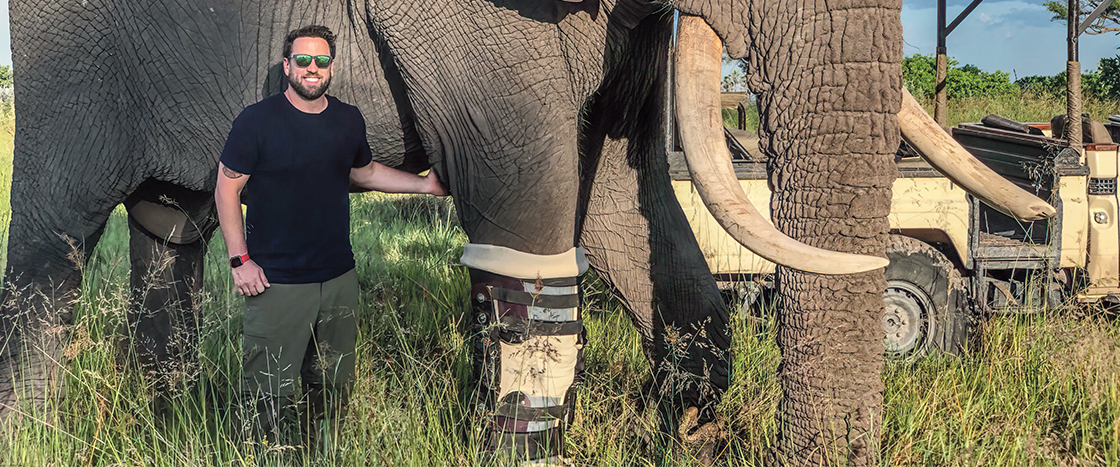Derrick Campana designs prosthetic limbs for a living. These artificial devices replace missing arms and legs. Campana used to make prosthetic limbs for humans. But in 2004, a veterinarian asked him to design an artificial leg for a dog named Charles.
Like people, animals can lose limbs or be born without them. That can make certain movements difficult. At the time, no company was making prosthetic devices for animals. But Campana knew that he could make one for Charles. The experience inspired him to start a company called Bionic Pets. Since then, his team has created prosthetic limbs for more than 30,000 animals, from dogs to kangaroos!
Derrick Campana designs prosthetic limbs for a living. A prosthetic limb is a human-made replacement for a missing arm or leg. Campana used to make prosthetic limbs for humans. But in 2014, a veterinarian asked him to create a prosthetic leg for a dog named Charles.
Animals can lose limbs just like people can. They may also be born without them. It can be hard for an animal to move when it is missing a limb. No company was making prosthetic limbs for animals in 2014. But Campana knew that he could make one for Charles. The experience inspired him to start a company of his own. He called it Bionic Pets. His team has created prosthetic limbs for more than 30,000 animals so far. Those animals include dogs and kangaroos!

